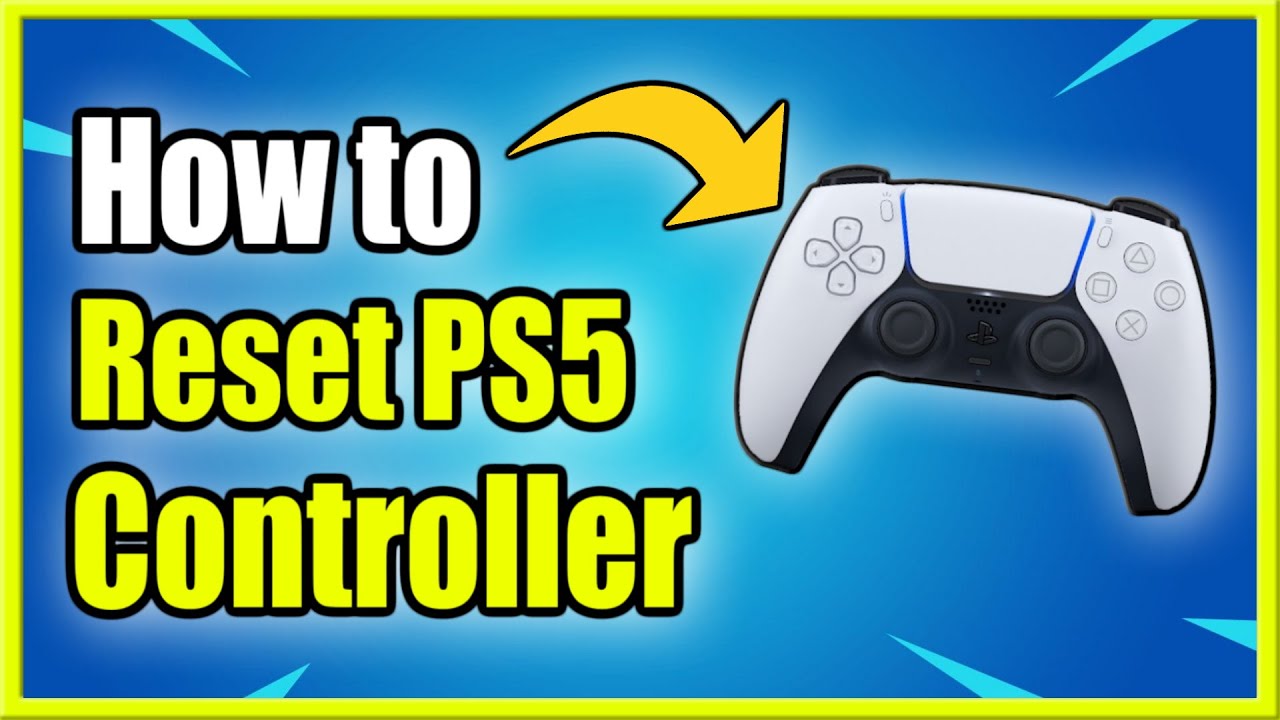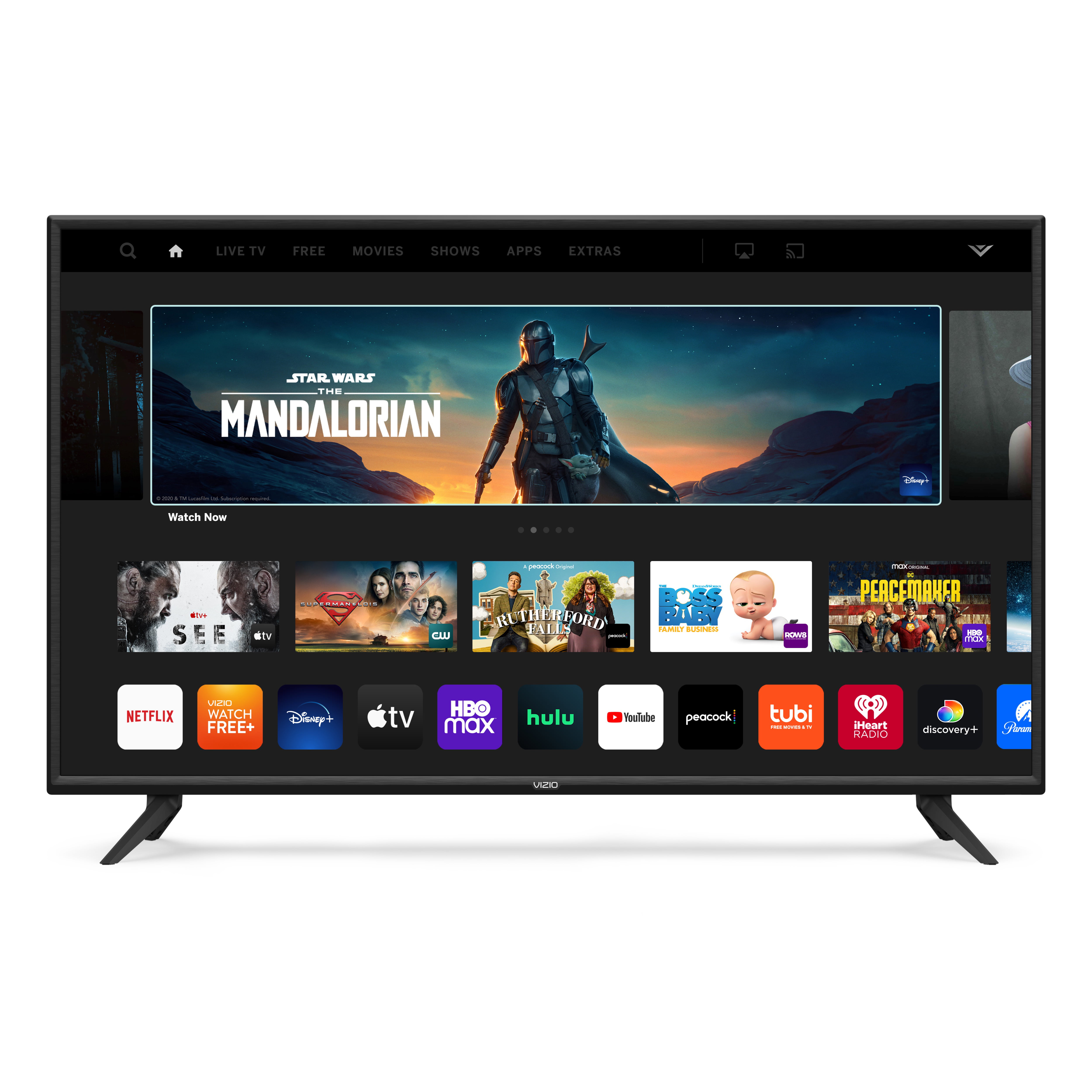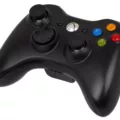Resetting your PS5 controller can be a useful troubleshooting technique for a variety of issues. Whether your controller is not pairing with your PS5 console, experiencing Bluetooth connectivity issues, or you simply want to pair it with another device, a factory reset can often solve the problem.
To begin, you will need a straightened paperclip or a similarly sized tool to press the Reset button inside the small hole on the back of the PS5 controller. Once you have your tool ready, follow these steps:
1. Turn off your PS5 controller.
2. Locate the small hole on the back of the controller near the L2 button.
3. Insert the paperclip or tool into the hole and press the Reset button.
4. Hold the button down for at least five seconds.
5. Release the button and wait for the controller to reset. This may take a few moments.
Once the reset is complete, try using your controller again to see if the issue has been resolved. If you continue to experience problems, there may be additional steps you can take to troubleshoot your PS5 controller.
For example, you may need to update your PS5 system software to ensure that your controller is fully compatible with your console. To do this, simply connect another controller to your PS5 and check for system updates. If there is an update available, follow the on-screen instructions to install it.
Additionally, you may want to try connecting your controller to your PS5 using a different USB cable or port. Be sure to use a Type-C to Type-A USB cable that is “charge and sync” or “charging and data” – cables indicated as “charge only” may not be suitable. If you have a Type-C to Type-C USB cable available, you can also try using that.
Resetting your PS5 controller can be a helpful troubleshooting technique for a variety of issues. By following the steps outlined above, you can reset your controller to factory settings and try using it again. If you continue to experience problems, there may be additional steps you can take to troubleshoot your controller and ensure that it is fully compatible with your PS5 console.

Troubleshooting an Unresponsive PS5 Controller
To fix an unresponsive PS5 controller, you can try the following steps:
1. Charge the controller: Make sure the controller is fully charged or connected to a power source. A low battery can cause the controller to become unresponsive.
2. Reset the controller: Using a straightened paperclip, press the Reset button inside the small hole on the back of the PS5 controller to reset the PS5 controller to factory settings. This can help to resolve any software issues that may be causing the controller to become unresponsive.
3. Update the PS5 system software: If you have another controller, check for a system update. A system update can fix any bugs or issues that may be causing the PS5 controller to become unresponsive.
4. Check the controller settings: Make sure the controller is properly configured and connected to the PS5 console. You can do this by going to the PS5 Settings menu and selecting the Devices section. Check that the controller is recognized and connected to the console.
5. Replace the controller: If none of the above steps work, you may need to replace the PS5 controller. Contact Sony customer support or visit a retailer to purchase a new controller.
If you encounter an unresponsive PS5 controller, try charging it, resetting it, updating the system software, checking the controller settings, and if necessary, replacing the controller.
Recalibrating a PS5 Controller
You can recalibrate a PS5 controller. Recalibration is a process that can help fix issues with the controller’s responsiveness or accuracy. Here’s how to do it:
1. Turn off your PS5 console and the controller.
2. Locate the reset button on the back of the controller. It’s a small hole next to the screw near the L2 button.
3. Insert a small object like a paperclip or a toothpick into the hole and hold it down for at least 5 seconds.
4. Release the button and wait for the controller to reset.
5. Turn on your PS5 console and reconnect the controller using a USB cable.
In addition to recalibrating the controller, you can also update its firmware to make sure it’s running the latest version. To do this, connect the controller to your PS5 console using a USB cable, go to “Settings” > “Accessories” > “Controllers” > “Update Controller” and follow the on-screen instructions.
By recalibrating and updating your PS5 controller, you can ensure that it’s working properly and providing the best gaming experience possible.
The Benefits of Resetting a PS5 Controller
Resetting a PS5 DualSense controller can be useful for several reasons. Here are some of the most common situations in which you may need to reset your PS5 controller:
1. The PS5 controller won’t pair with the PS5 console. In this case, resetting the controller can help re-establish the Bluetooth connection between the two devices.
2. The Bluetooth connectivity isn’t working, preventing wireless play. If you’re having trouble playing games wirelessly with your PS5 controller, resetting it can help fix the issue.
3. You want to pair the PS5 controller with another device. If you’ve been using your PS5 controller with your PS5 console and now you want to connect it to a different device, such as a PC or a mobile device, you’ll need to reset the controller before you can pair it with the new device.
To reset your PS5 controller, follow these steps:
1. Turn off your PS5 console.
2. Locate the reset button on the back of the controller, next to the L2 button.
3. Use a small tool, such as a paperclip, to press and hold the reset button for 5 seconds.
4. Release the reset button and wait for the controller to turn off.
5. Press the PS button on the controller to turn it back on.
6. Connect the controller to the PS5 console using a USB cable and press the PS button to pair the two devices.
By resetting your PS5 controller, you can troubleshoot common Bluetooth connectivity issues and ensure that the controller is ready to pair with any device you want to use it with.
Troubleshooting PS5 Controller Connection Issues
There could be several reasons why your PS5 controller won’t connect to your console. Here are some troubleshooting steps you can try:
1. Check the battery level of the controller – If the battery is low, the controller may not connect. Charge the controller for a few hours and try again.
2. Put the controller in pairing mode – Press and hold the PlayStation button and the Share button at the same time until the light bar on the controller starts flashing. Then, go to the PS5 console and select “Settings” > “Accessories” > “Bluetooth Accessories” > “Wireless Controller” > “Connect”.
3. Make sure the controller and console are within range – Keep the controller and console close to each other (within 10 feet) and remove any physical barriers that could interfere with the signal.
4. Restart the console – Turn off the console and unplug it from the power source for a few minutes. Then, plug it back in and turn it on again.
5. Try a different USB port or cable – Connect the controller to the console using a different USB port or cable. Make sure the cable is a “charge and sync” or “charging and data” cable and not a “charge only” cable.
6. Reset the controller – Use a small tool to press the reset button on the back of the controller. Then, put the controller in pairing mode and try connecting it again.
If none of these steps work, there may be a hardware issue with the controller. Contact PlayStation Support for further assistance.
Conclusion
Resetting your PS5 controller can be a simple and effective solution to various issues that may arise while using the controller. By pressing the reset button using a paperclip, you can reset the controller to its factory settings and resolve issues such as Bluetooth connectivity problems, pairing issues, and more. Additionally, it is essential to ensure that your PS5 system software is up to date and to try different USB cables if the issue persists. By following these steps, you can ensure that your PS5 controller is functioning correctly and enjoy your gaming experience without any interruptions or technical glitches.








